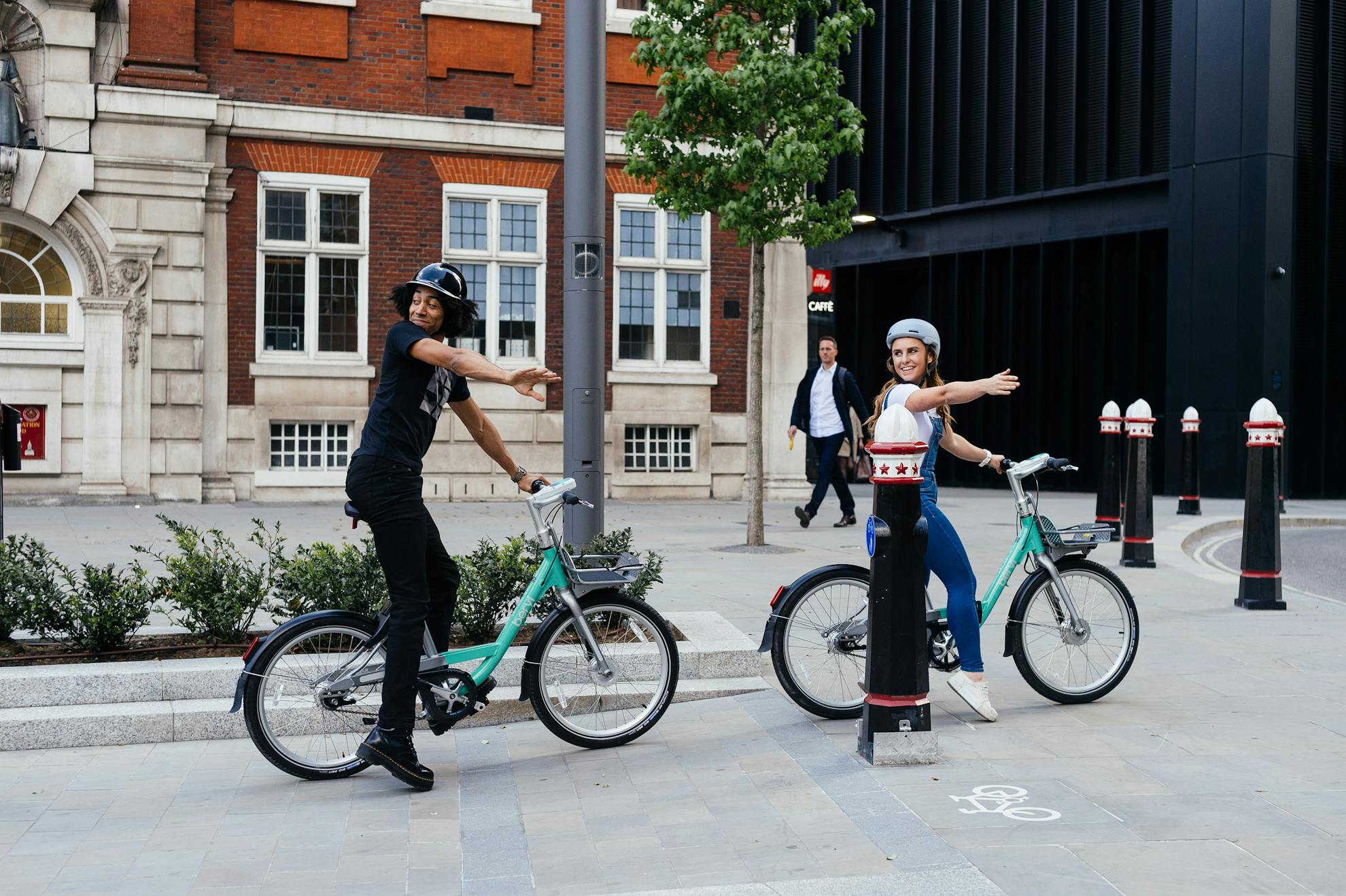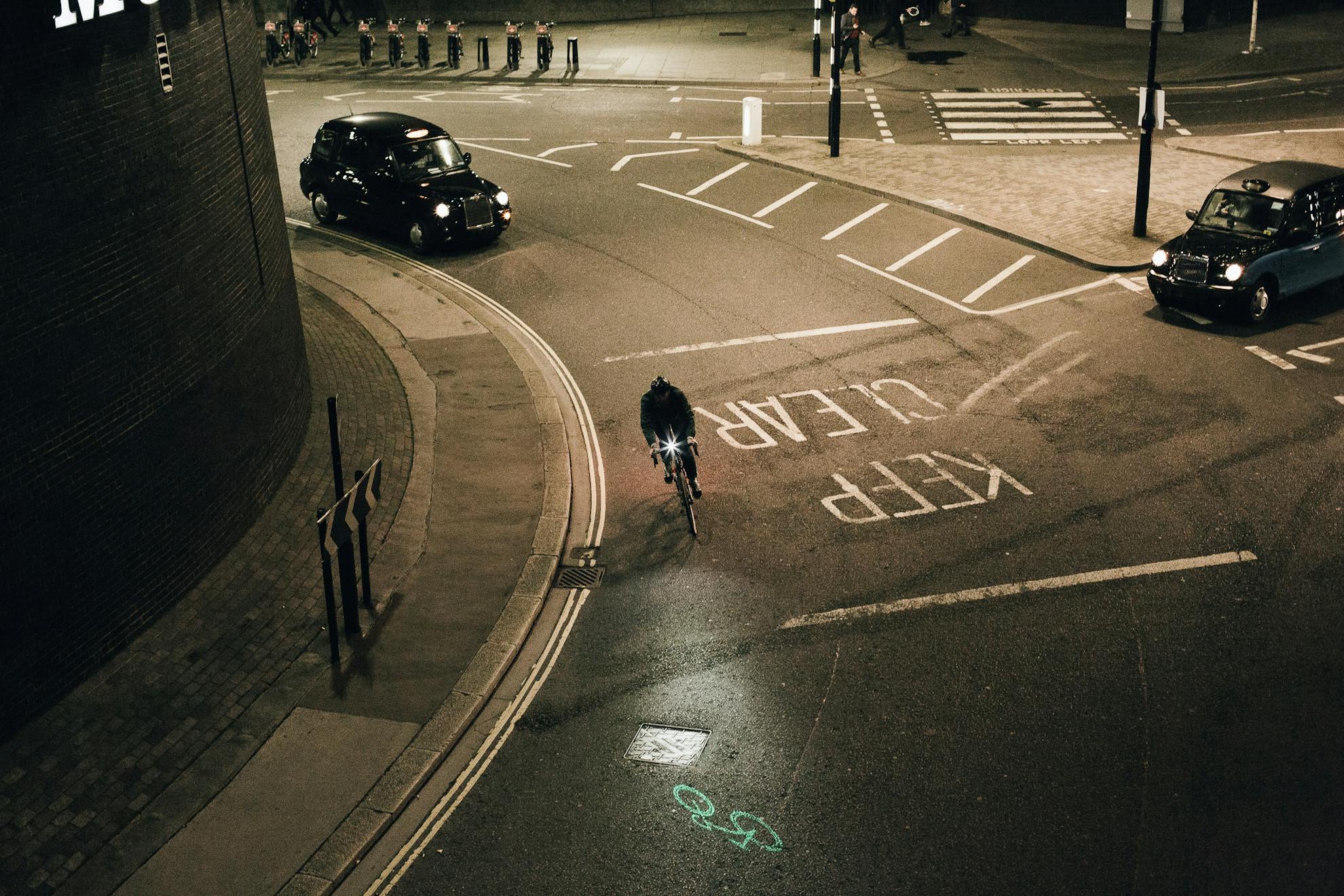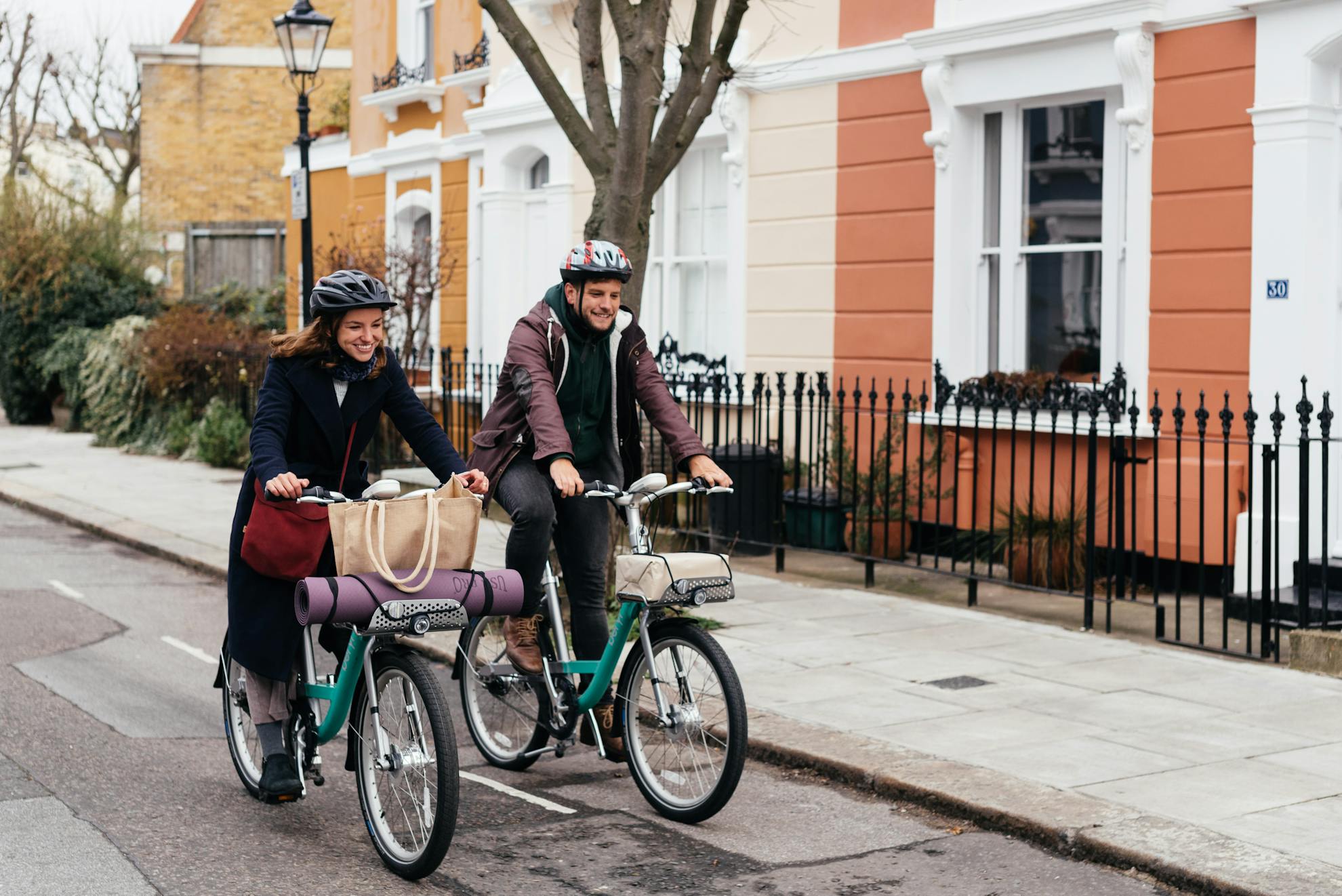Take your cycling up a gear
What I learned on a cycle skills session
At Beryl, we love cycling. We hop on our bikes to get to work every day, to get across the city for meetings or to enjoy some fresh air and sunshine at lunchtime during the rare nice days. Our mission as a company is to get more people in cities on bikes and it comes from our belief that cycling is really the best way to get around.
However, we know that lots of people who know how to ride a bike will happily cycle in the park but wouldn’t dream of getting on a busy street to get where they’re going. It’s a justifiable fear - the UK’s roads are hardly known for being safe and welcoming for anyone who isn’t in a large vehicle.
For many people, the fear of being on the road is too powerful to overcome, and they never make the leap to using a bike for everyday journeys.
Wouldn’t it be great if there was someone who could help you learn the rules of the road on a bike? Someone to show you the tips and tricks that make you safer, teach you how to set off, turn and stop safely, and how to own the road. Well, luckily there is. Up and down the country, cycle safety instructors help thousands of people every week get on a bike and gain confidence on two wheels.
I decided to find out first hand what a cycle training session involves. I signed up for a 1-on-1 session with Cycle Confident, an organisation operating in many London boroughs delivering cycle training to individuals and groups. Here’s how I got on and what I learned.

Setting off
Organising the session was easy. After filling in a short form online about my availability and location, I got a message from Thea who would be my trainer. This was followed up with a quick chat so she could get to know about my experience, the common routes I take and anything I wanted to learn or work on.
At the start of the session, we went through a basic safety check on my bike. The ABC check: Air, brakes and chain. This a quick and easy way to make sure your bike is in good condition before riding. Watch this short video to learn how to do the check if you're not familiar with it.
We also did a quick refresh of checking over my shoulder, signalling, and how to do an emergency stop. Once Thea was happy that I had those basics under control, we set off for a good ride.

What does a Cycle training session involve?
Cycle training sessions are always adapted to the level of the rider. As I ride often in London, Thea had planned a route taking in some of my local roads and some of the trickier junctions I come across in my day to day life. As we cycled, we chatted about road layouts coming up and how I planned to approach them. Several times we came off the road to talk about a stretch of road coming up, before safely rejoining traffic to try it out in practise.
So what did I learn? As a frequent cyclist, it was good to hear from Thea that my road positioning and traffic checking instincts were good. However, it was helpful to learn more about the best position to take at junctions when turning right, as well as going over when to take the centre of the lane in primary position vs when it’s safe to take a secondary position on the road.

Thea repeatedly drummed into me the importance of good communication with other road users, especially drivers of large vehicles. Top tip: if you’re in front of a bus or lorry at a light and you can turn round, look them in the eye and give them a smile, you can be sure they’ve seen you! These vehicles usually have much bigger blindspots than you might imagine, but have proved to be the most dangerous to cyclists in London in the last few years.
I also learned that I probably signal too much! As a driver, I have ingrained into me that I should signal every turn and move regardless of who else is around. But on a bike, when you take a hand off the handlebar to signal, you lose both steering and braking power - so best to only do it when there is actually someone around to signal to.

Accessing cycle training
There are lots of different ways to access cycle training. In the UK, many cities and local authorities are trying to get residents out of cars and onto bikes in order to tackle bad congestion and poor air quality. So it’s in their interest that people who live and work in their areas feel confident enough to get on a bike and replace some of their car journeys with cycling. That’s why in many places, you can access sessions completely free of charge!
Different local councils have different rules about who is offered training. If you live or work in an area where Beryl Bikes is operating, check out the page for your local scheme on our website to find links to the relevant information for your city.
Your workplace may also be looking to encourage more people to cycle to work. Since employees who cycle to work tend to take fewer sick days and arrive at work in a better mood, it’s in a company’s interest to offer this kind of training to staff. If you don’t already have a cycle training offer in place, why don’t you go and speak to HR and see if you can get something set up?